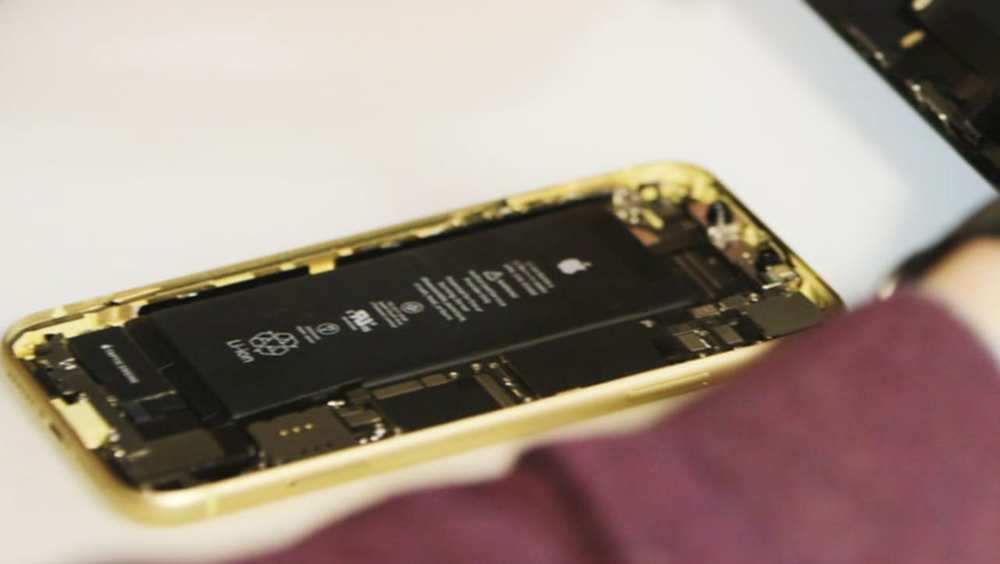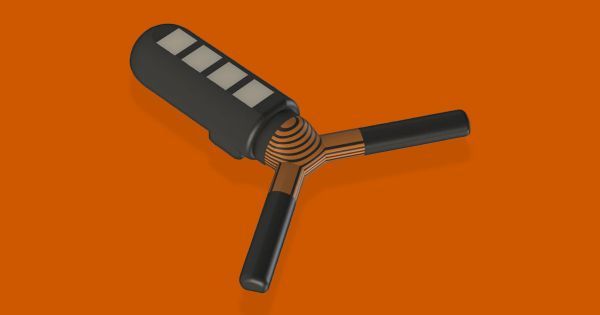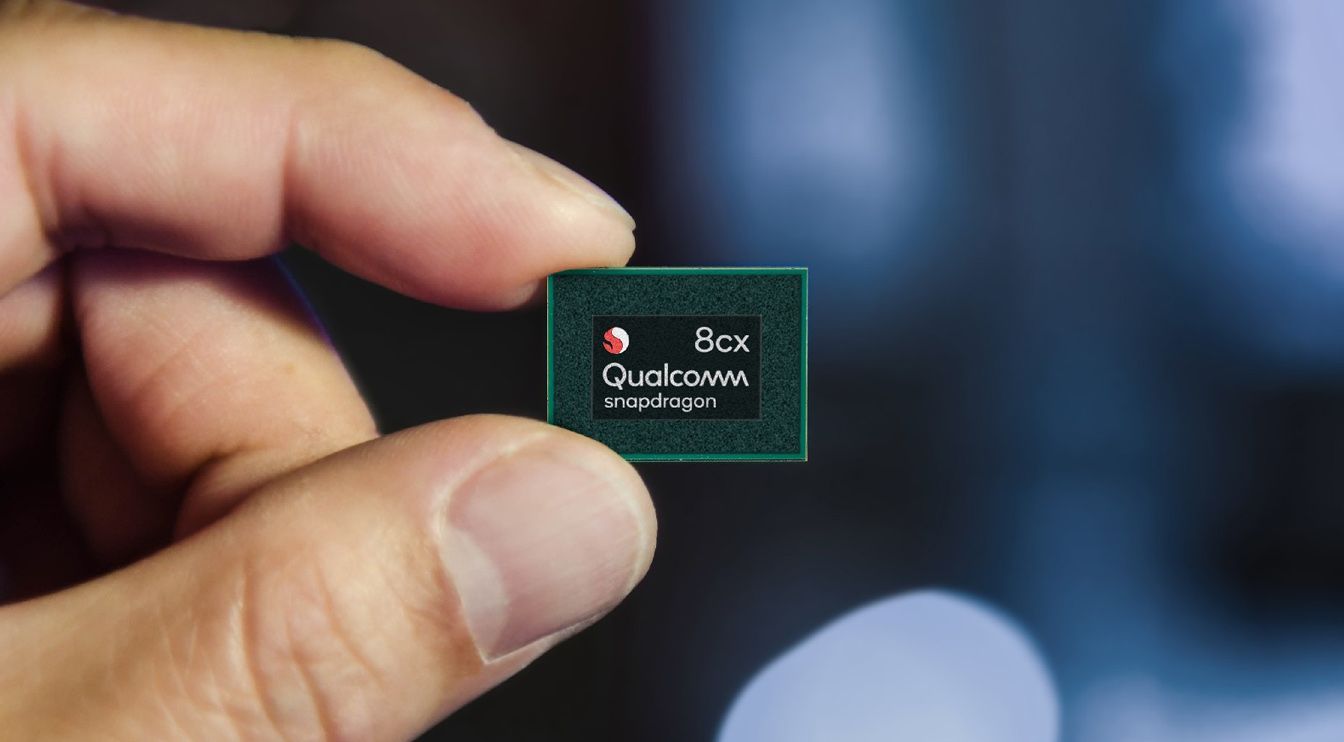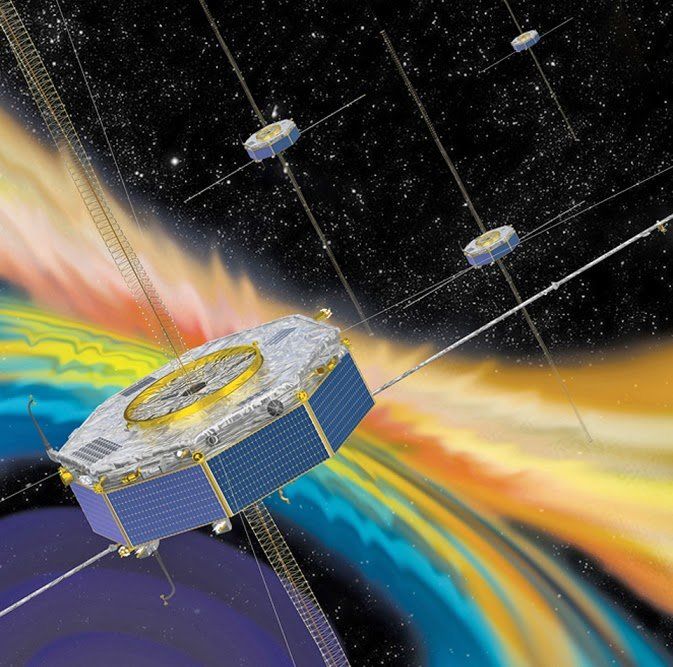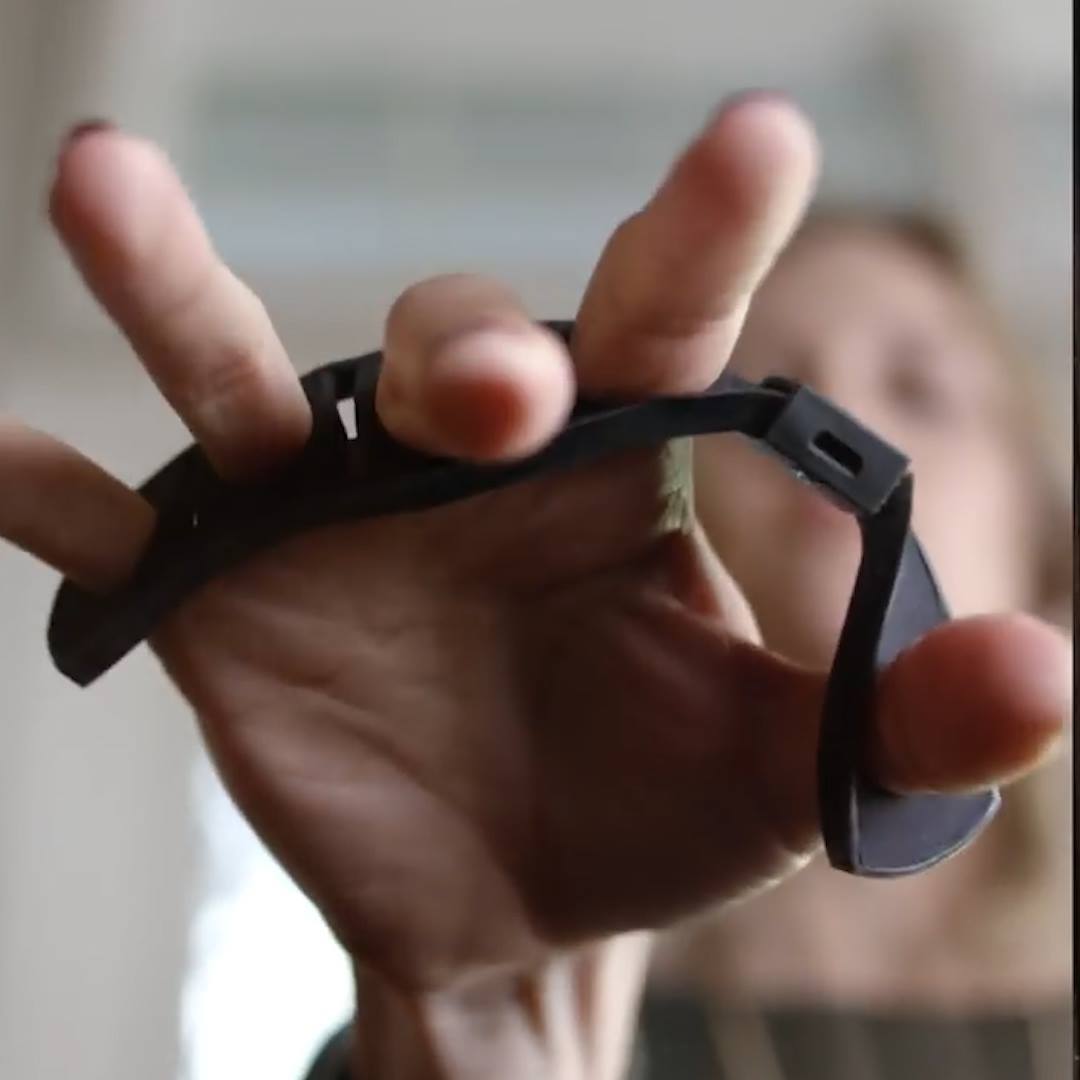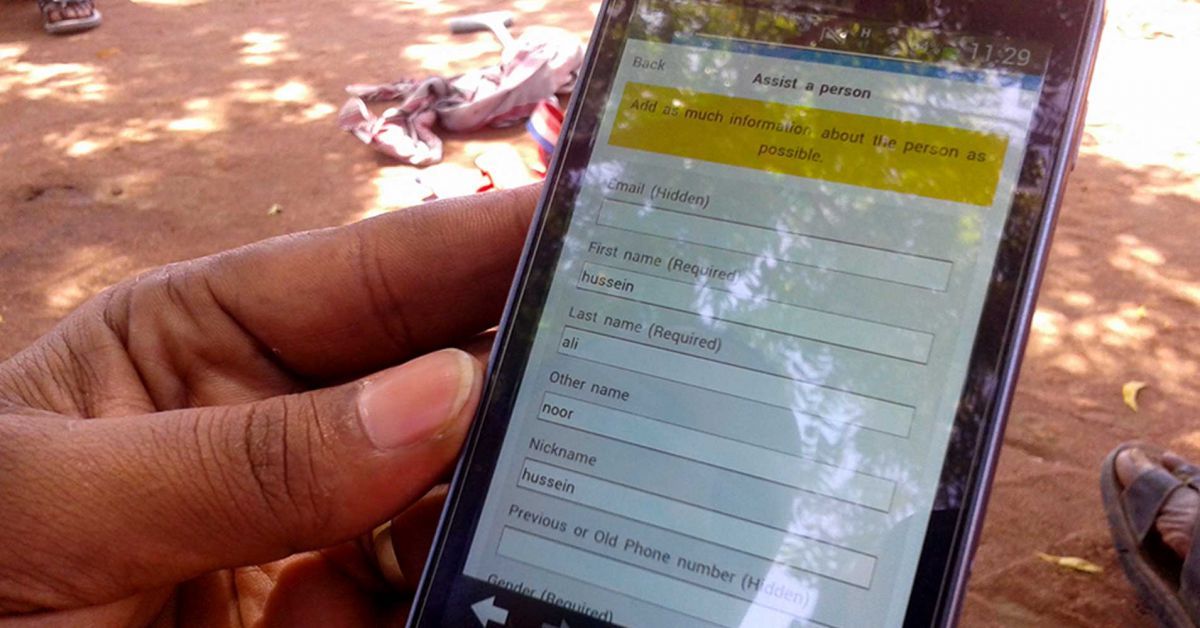Archive for the ‘mobile phones’ category: Page 171
Dec 22, 2018
This 195-gigapixel photo of Shanghai is so huge you can zoom in from miles away and see people’s faces
Posted by Genevieve Klien in categories: mobile phones, transportation
Smartphone cameras have gotten so good that we struggle to find a reason to invest in a point-and-shoot, but there are still major advancements being made in camera tech that are light years ahead of anything you can fit in your pocket. A new panorama shot by China’s Jingkun Technology (calling themselves “Big Pixel”) is a great example of that, and its size is so jaw-dropping you could spend days staring at it.
The photo, taken from high on the Oriental Pearl Tower in Shanghai, shows the surrounding landscape in stunning detail. From your virtual perch many stories above the ground, you can zoom in so far that you can read the license plates on cars and spot smiling faces greeting each other on the sidewalk.
Dec 13, 2018
Bluetooth Smart Pill Pairs With Your Phone From Inside Your Stomach
Posted by Shailesh Prasad in categories: 3D printing, biotech/medical, mobile phones
A tiny piece of 3D-printed tech could foreshadow the future of medicine.
A team from MIT, Draper, and Brigham and Women’s Hospital has created a 3D-printed smart pill that can release medications in the stomach and monitor temperature for up to a month at a time — and they believe they’ve only scratched the surface of its capabilities.
Dec 10, 2018
Your Apps Know Where You Were Last Night, and They’re Not Keeping It Secret
Posted by Genevieve Klien in categories: finance, mobile phones
Dozens of companies use smartphone locations to help advertisers and even hedge funds. They say it’s anonymous, but the data shows how personal it is.
Dec 7, 2018
Qualcomm’s ‘Extreme’ Snapdragon 8cx CPU Could Power Your Next Laptop
Posted by Shailesh Prasad in categories: computing, mobile phones
Intel and AMD could be looking at some stiff competition in the processor game. Fresh off announcing its new Snapdragon 855 mobile chip, the company has announced the Snapdragon 8cx. It’s for laptops instead of smartphones and is by far the most powerful processor the company has ever made. How can you tell? The “X” in the name stands for “extreme.”
While the Snapdragon 8cx is not the company’s first PC chip (that honor goes to the quickly forgotten Snapdragon 850), it’s the first one that could make Intel take note. Like the 855, the Snapdragon 8cx uses a 7nm manufacturing process. It has the same octa-core design with four high-performance cores based on the Cortex A76 and four low-power cores based on the A55. That’s really the end of the similarities, though.
Qualcomm has cranked the clock speed of all of its “Kryo 495” cores way up in the Snapdragon 8cx, but it won’t say exactly how high. The chip has 10MB of cache between L2 and L3 — the 855 only has 3MB. That makes the Snapdragon 8cx better at running heavy apps, and there’s support for up to 16GB of system memory. You can also check the boxes for NVMe and UFS3.0 storage.
Continue reading “Qualcomm’s ‘Extreme’ Snapdragon 8cx CPU Could Power Your Next Laptop” »
Dec 7, 2018
Experiments at PPPL show remarkable agreement with satellite sightings
Posted by Saúl Morales Rodriguéz in categories: mobile phones, particle physics, satellites
As on Earth, so in space. A four-satellite mission that is studying magnetic reconnection—the breaking apart and explosive reconnection of the magnetic field lines in plasma that occurs throughout the universe—has found key aspects of the process in space to be strikingly similar to those found in experiments at the U.S. Department of Energy’s (DOE) Princeton Plasma Physics Laboratory (PPPL). The similarities show how the studies complement each other: The laboratory captures important global features of reconnection and the spacecraft documents local key properties as they occur.
The observations made by the Magnetospheric Multiscale Satellite (MMS) mission, which NASA launched in 2015 to study reconnection in the magnetic field that surrounds the Earth, correspond quite well with past and present laboratory findings of the Magnetic Reconnection Experiment (MRX) at PPPL. Previous MRX research uncovered the process by which rapid reconnection occurs and identified the amount of magnetic energy that is converted to particle energy during the process, which gives rise to northern lights, solar flares and geomagnetic storms that can disrupt cell phone service, black out power grids and damage orbiting satellites.
Nov 30, 2018
Keyboard for your knuckles lets you type using only your fingers and thumb
Posted by Shailesh Prasad in categories: mobile phones, wearables
Nov 26, 2018
China Is Building a $9 Billion Rival to the American-Run GPS
Posted by Derick Lee in categories: computing, government, mobile phones, satellites, security
Location data beamed from GPS satellites are used by smartphones, car navigation systems, the microchip in your dog’s neck and guided missiles — and all those satellites are controlled by the U.S. Air Force. That makes the Chinese government uncomfortable, so it’s developing an alternative that a U.S. security analyst calls one of the largest space programs the country has undertaken.
The Beidou Navigation System will be accessible worldwide by 2020.
Nov 25, 2018
How high-tech toilets could soon be tracking your every movement
Posted by Genevieve Klien in categories: biotech/medical, health, mobile phones
The bathroom is arguably the last bastion of privacy, but soon a new high-tech lavatory could be tracking your every movement.
Researchers at the European Space Agency (ESA) and MIT have teamed up with sanitation specialists to create the ‘FitLoo’ which screens human waste for early signs of disease.
Data gathered by the sensors in the toilet bowl could be beamed to the users mobile phone so they can see how their health is changing or even directly to the GP so they could keep a remote eye on patients.
Continue reading “How high-tech toilets could soon be tracking your every movement” »
